
Today’s photos are from Harriet Robinson in Maine. We’ve visited Harriet’s garden many times (HERE, HERE, HERE, HERE, HERE, and HERE). In fact, hers is one of the gardens I featured in my talk in Seattle earlier this month. But today she’s taking us to Greece!
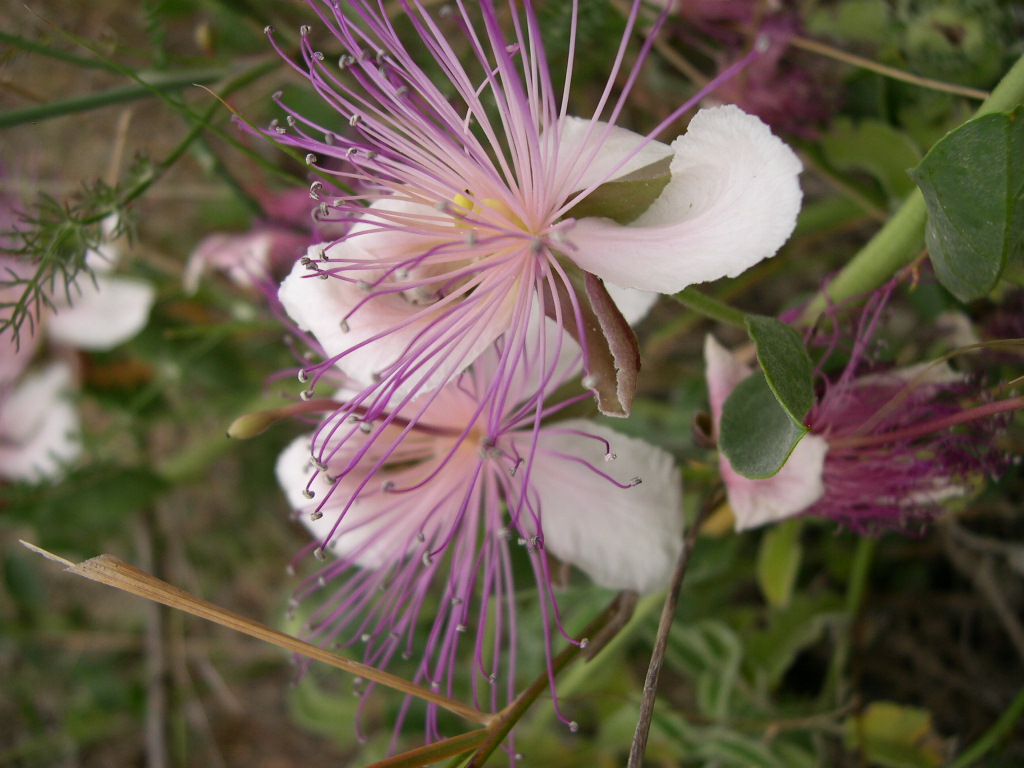
She says, “The equator flower post made me realize that some of the Greek wildflower photos I have taken might be of interest to GPOD. I’m an archaeologist. When I am in Greece, I am amazed by the wildflowers and have learned many of their names.

“All of these pictures were taken in Crete. Most bloom in spring when there is rain. The landscape dries over the summer and only a few flowers bloom. The landscape greens when the rain begins in the fall.”
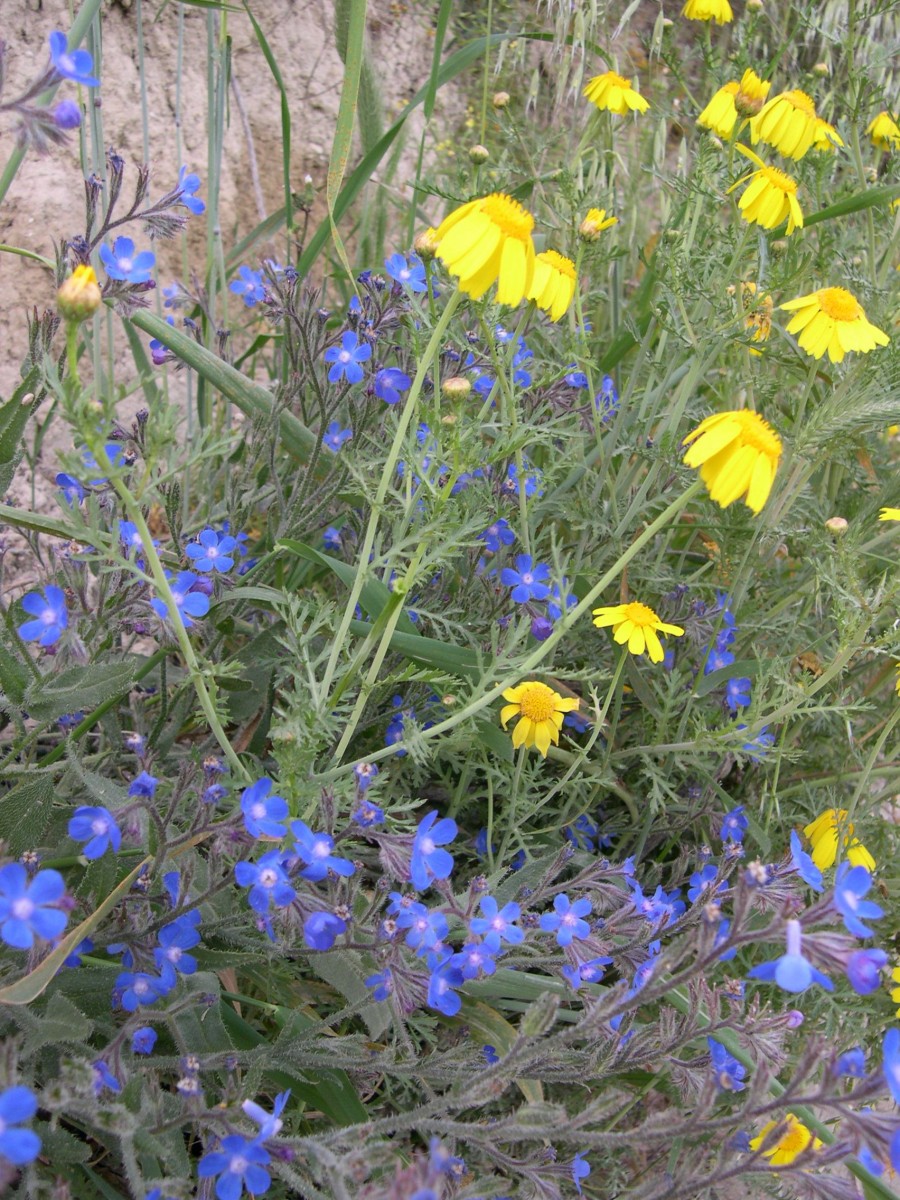
Beautiful, Harriet! And so cool that you’re an archeologist! Thanks so much for sharing these finds with us.
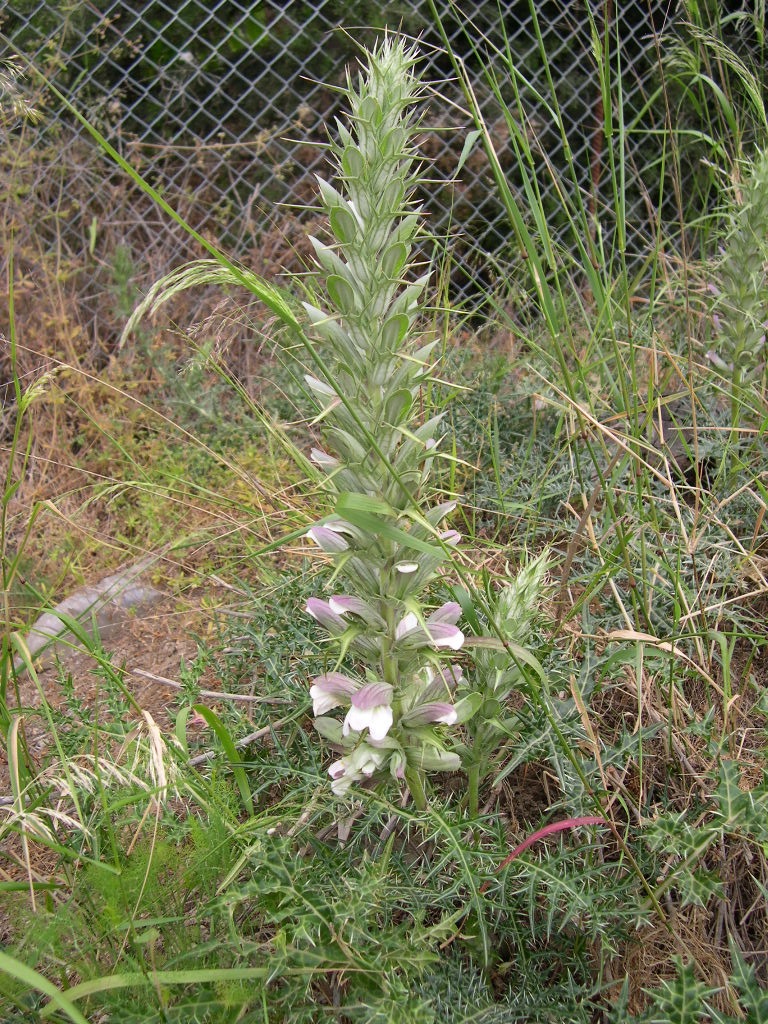
It’s almost SPRING, people! I know you’re going through your photos from last year, planning what you’ll do differently this year. Send some of those photos in to me! [email protected]
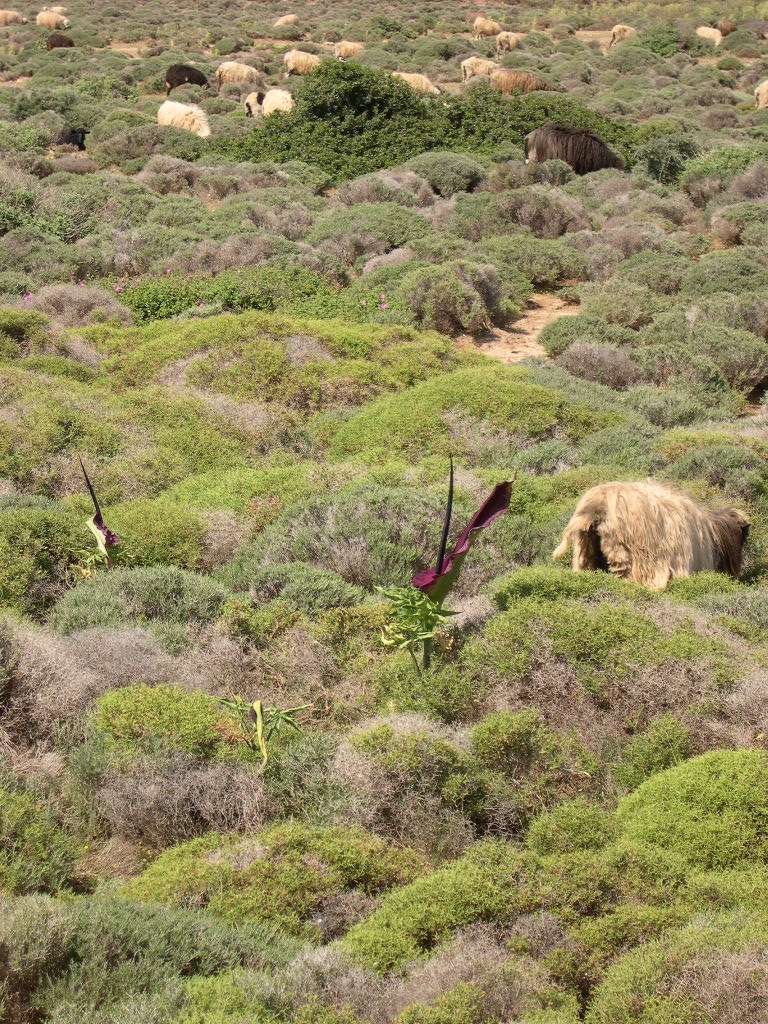
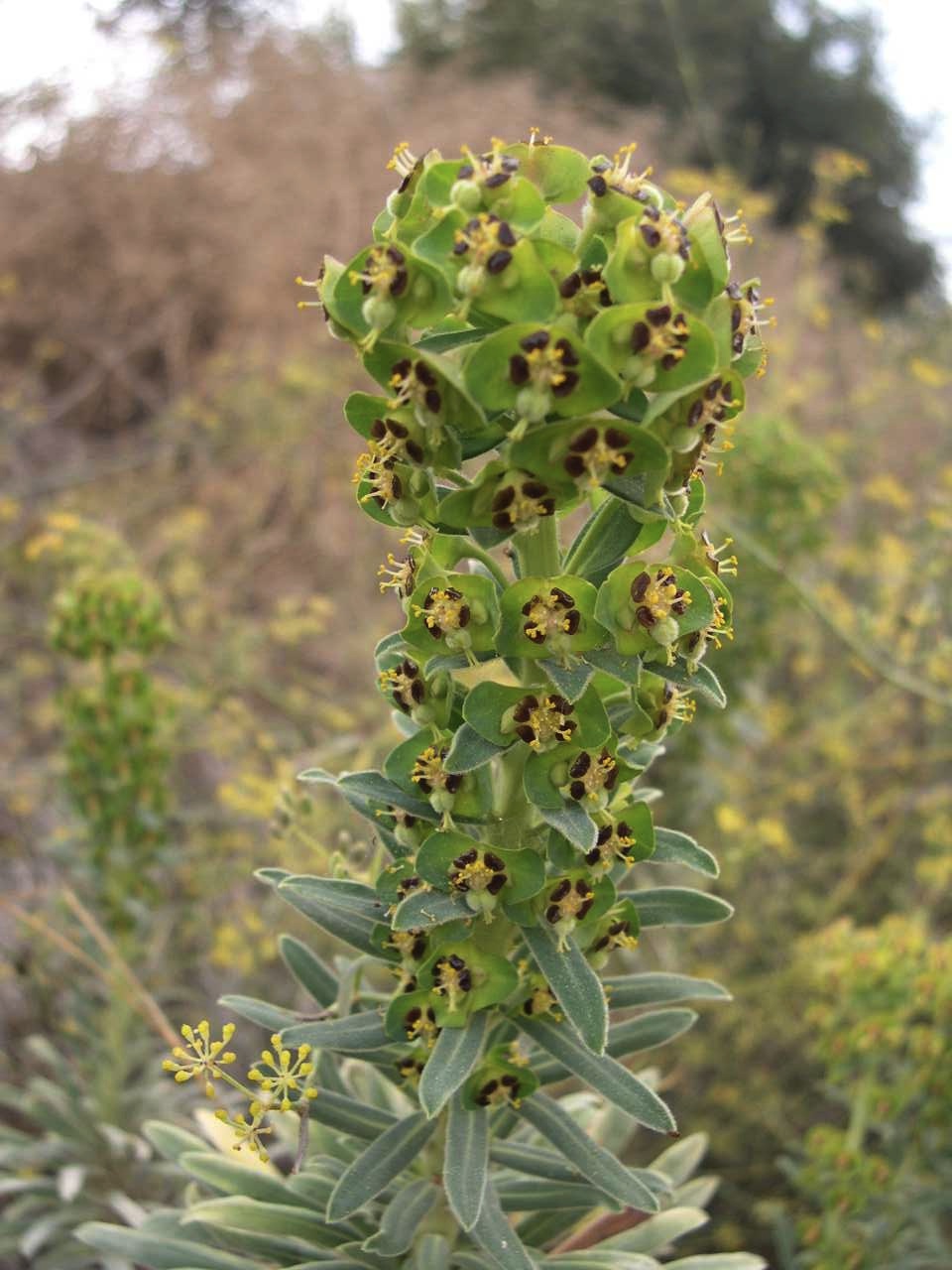
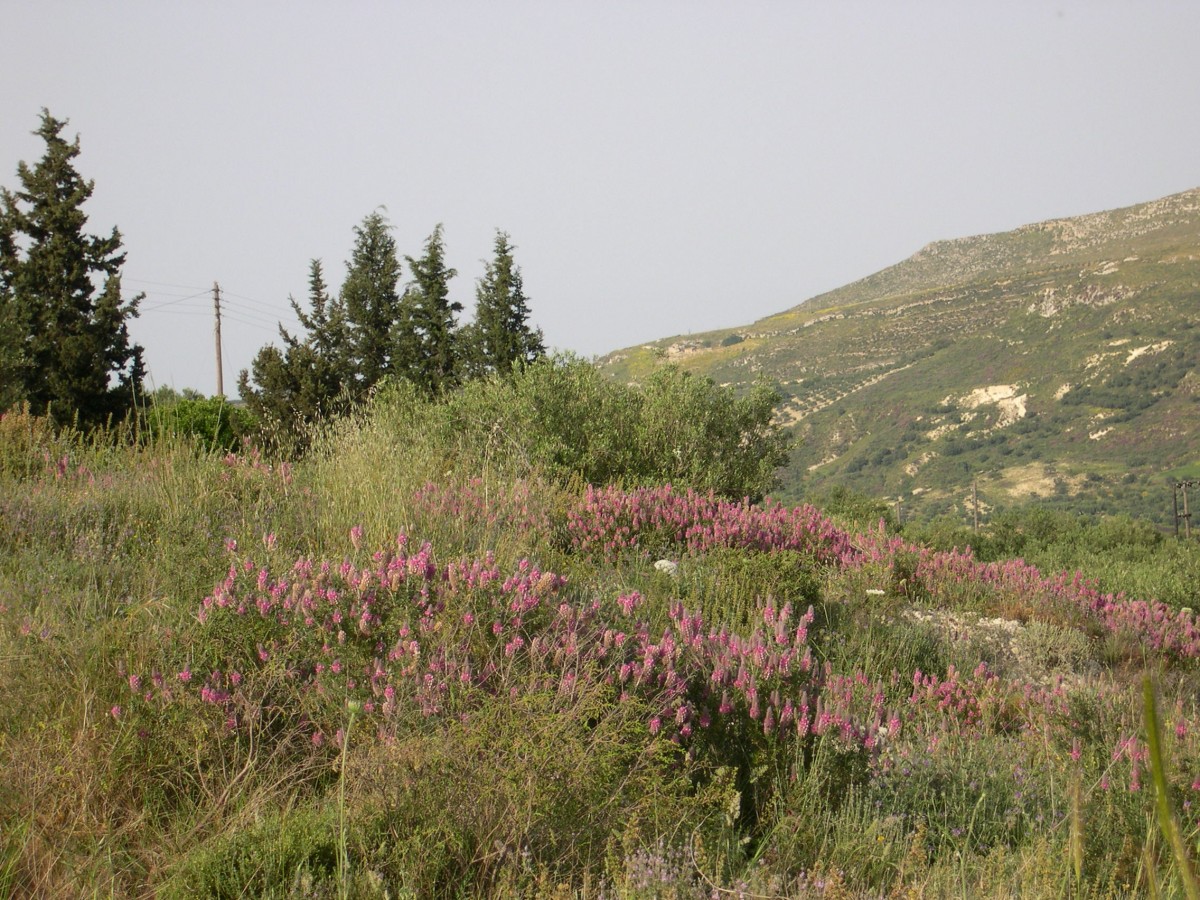
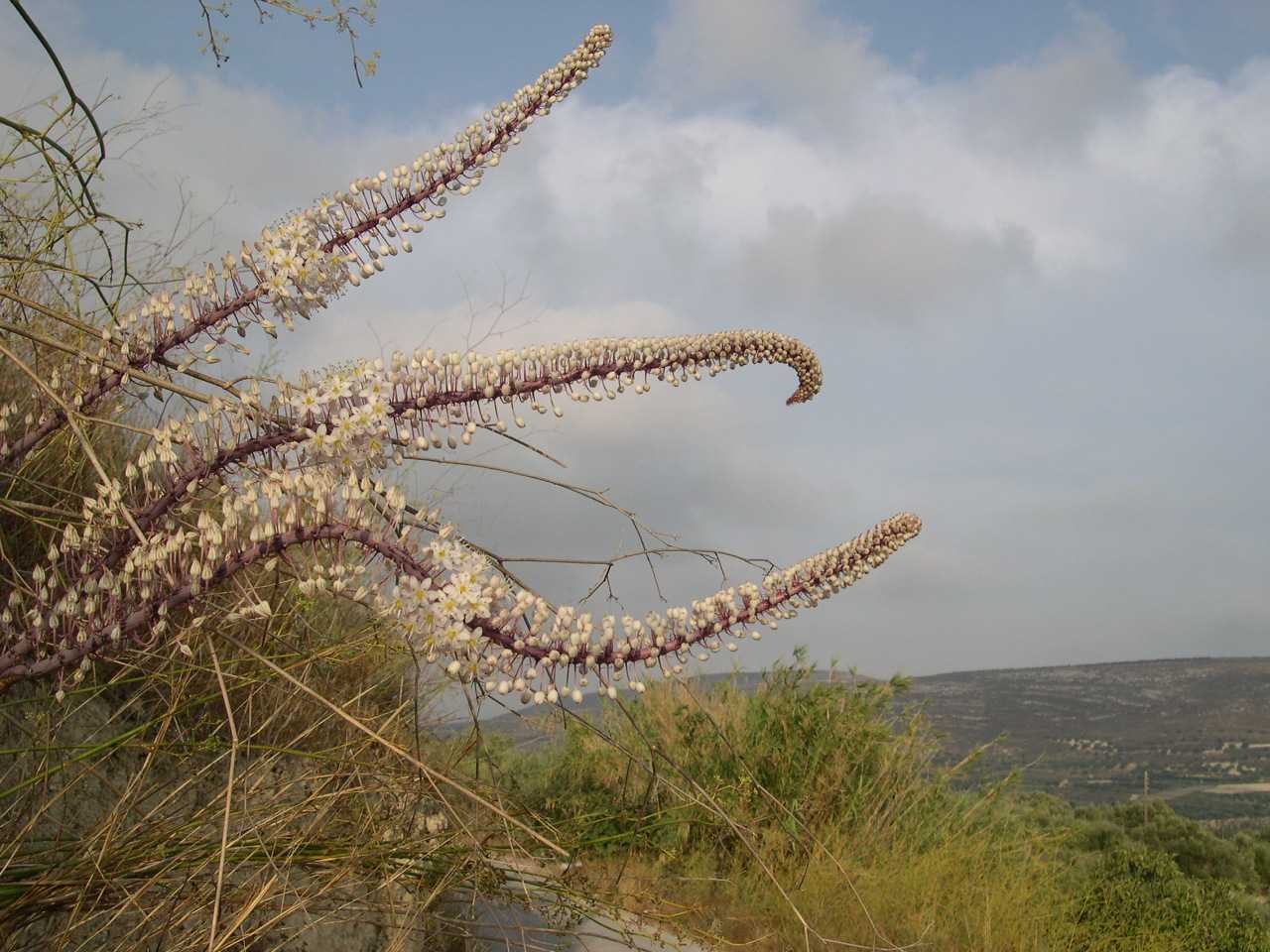
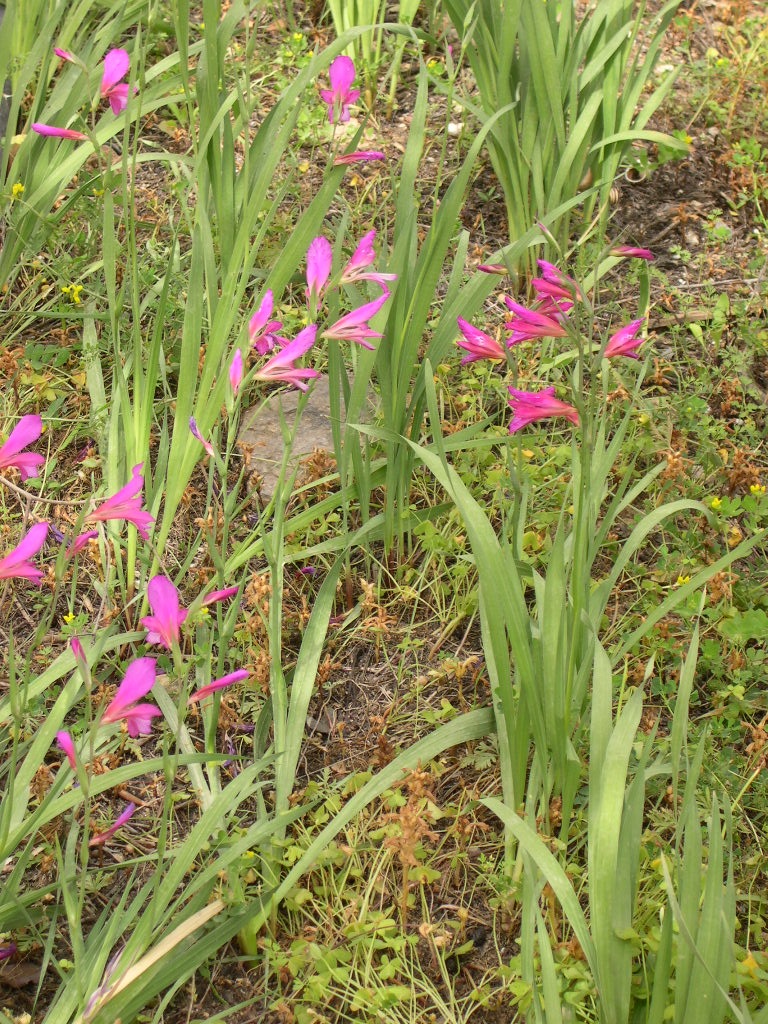
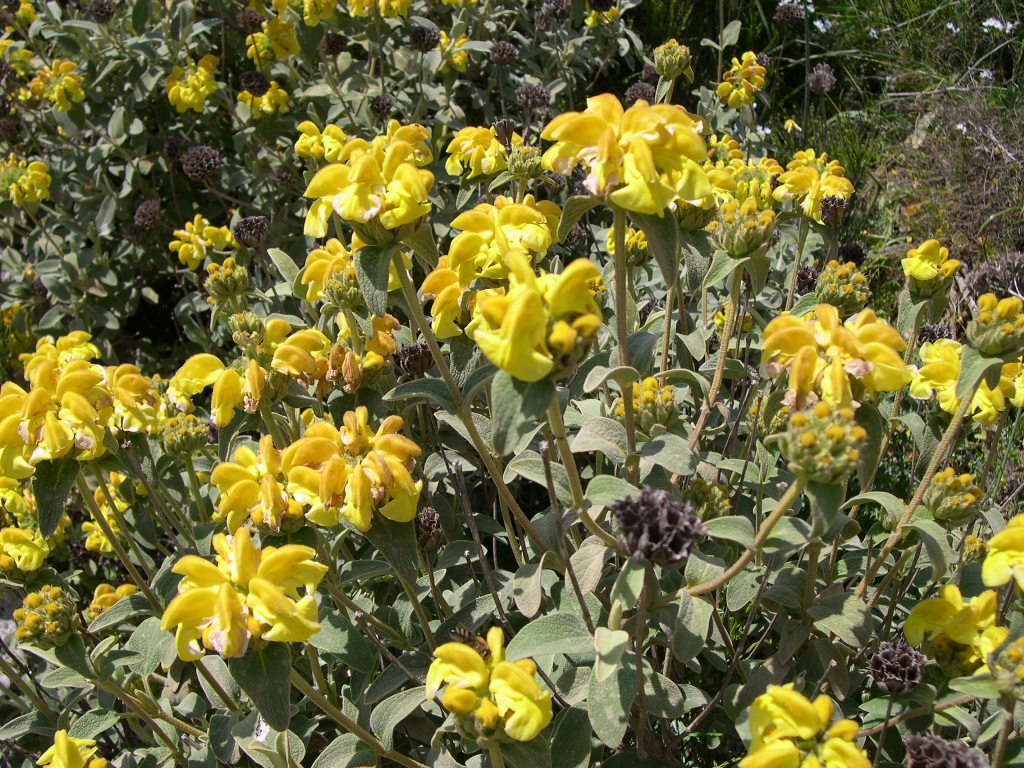
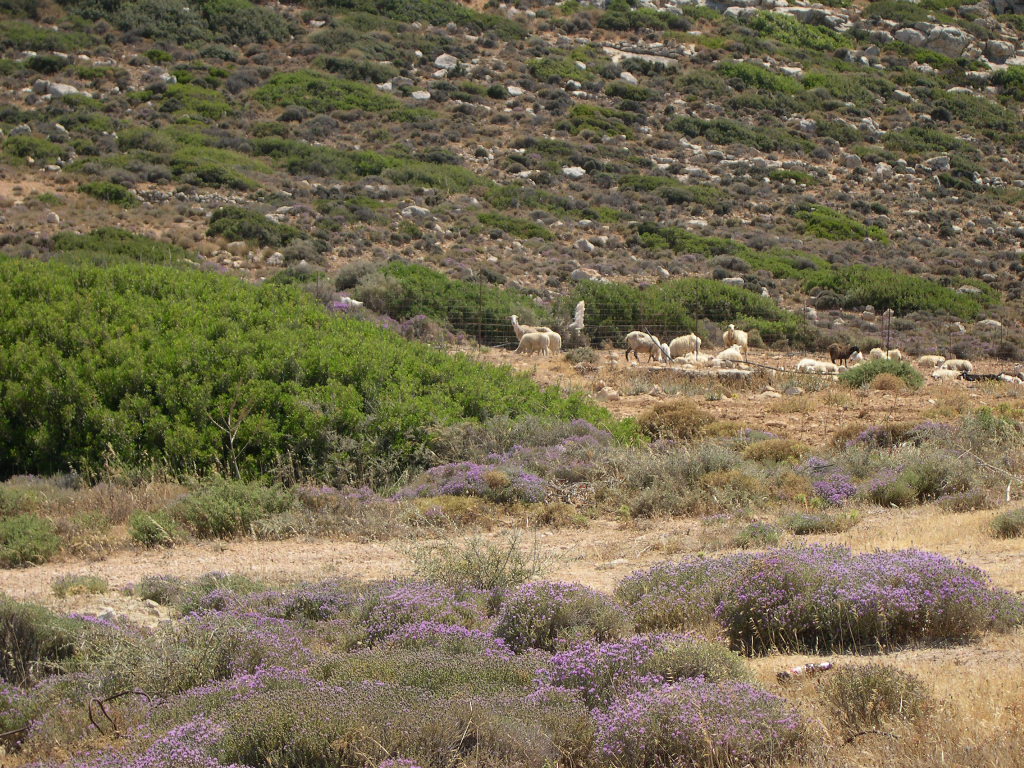
Want to search the GPOD by STATE? CLICK HERE!
Want us to feature YOUR garden in the Garden Photo of the Day? CLICK HERE!
Want to see every post ever published? CLICK HERE!
**Check out the GPOD Pinterest page! CLICK HERE!**

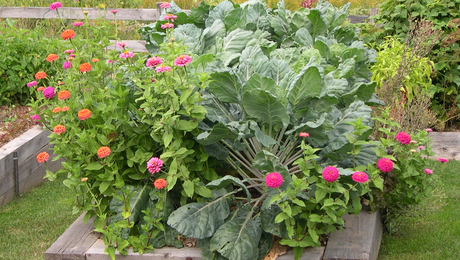


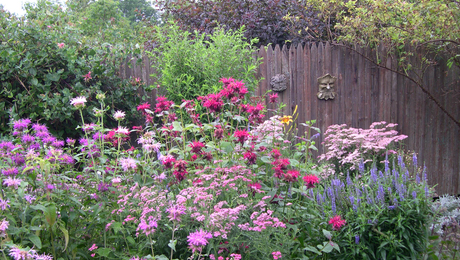












Comments
What beautiful diversity. You are multi-talented, Harriet....a well-versed gardener and an archaeologist. Nice duo. I particularly enjoyed the Seasquill. I wonder if the bulbs are edible? And the flower from the Capparis spinosa is enchanting. Great post!
PS: I looked at your past photo entries and, of course, you're the fill-in-the-swimming-pool gardener! Beautiful landscaping you've designed.
Thank you, Annek. My flower book gives a number of uses for seasquill, but not culinary. A subspecies from north Africa is used for rat poison. In Greece the bulbs were used medicinally for coughs, heart disease and chapped feet. The Roman author Virgil noted its use as part of a sheep wash. The ancient Greek author Theophrastus noted that the leaves of a dry bulb come back for a number of years and therefore it became a fertility symbol and was hung above doors. It also is thought to ward off evil and may be hung above doors at New Year's.
Oh, so very interesting! Thank you, too, for including variety names. What a great career to take you to other countries. Thank you for bringing a taste of it back to us!
Harriet, It has been interesting and lovely to see some of the many wildflowers you so fortunately have captured here from Crete, Greece. I'm fascinated by the Euphorbia photo!
Thanks for the sharing and about the info on the Seasquill,
too!!
Great combination of fascinating pictures and interesting information...thanks for the plant travelogue, Harriet. I was also intrigued by the flower on the Capparis Spinosa shrub...it's so exotic looking. I'm a big fan of Chicken Piccata with capers and I have never given any thought to where those tangy little pea-sized thingies came from. Thanks to you, I just did a google search to learn more and I now know they are the unripened flower buds of that spiny bush. So, hmmm, the plant has to be deprived of its flowers for me to have capers...ha, now I feel selfish!
Extremely cool and informative! Thanks!
Good morning! Well another place to travel to! Thanks for giving us a small view of Greece. Its on my bucket list to go to. I so enjoy seeing the different plants in different places. You've got quite a life! Sounds like a lot of fun. I was amazed to see the dracunculus in the open, hot fields. Amazing. I have those here and in dappled sun and totally cooler weather. I heard the wine there is great! Do they serve a lot of dishes with capers? Thanks for sending in these pics!
We miss you tntreeman..Hope all is well...
Wonderful post this morning! Thanks you, Harriet!
Thank you for the positive comments. Yes, Greengenes, they use capers in lots of dishes, Thank you Meander for correcting that it is the buds, not the fruit, that is used. The wine is great. I have vineyard photos and could send more in if anyone wants. There is an arum that likes the shade. Maybe I should collect more photos and see if Michelle wants to run them. I am interested in what some of you may grow as cultivated flowers, for example, acanthus, not hardy to here although I have tried.
Thank you, Harriet, for these wonderful photos and the identifications. The caper flower is especially gorgeous. I was just reading about Greek cyclamen and apparently Crete has quite a few in the wild. It would be great to visit and see some of these wildflowers in person.
I bet there will be lots of dinners prepared this evening with capers as one of the ingredients! It's a little weird to have a taste for chicken piccata while I'm having my morning coffee... thanks Michaele ;) The shrub does have a beautiful flower. Fun post Harriet!
Thank you Harriet! It is so interesting to see native plants in different countries and learn the conditions that they thrive in. Was it seeing different plants flourishing wherever your archeological work took you that got you interested in gardening? Or was it the gardener in you that made you take note of the plants?
One of my favourite ways to enjoy capers is with smoked salmon and cream cheese. Yum!
Harriet, these photos from Crete are wonderful. I can almost feel the heat shimmering off those hillsides. The wild gladioli are fascinating. Do they just bloom in that dark pink or are there other colors as well?
Harriet, in answer to your question about growing some of these plants native to Crete, I grow thyme and sage, which is probably another native there. I have seen prolific growth of Anchusa and Phlomis locally, but have not grown them myself - maybe will try them now in the really dry rocky areas. Do you happen to know the botanical name of those lovely red poppies?
wildthyme: I have only seen the glads in pink. The ones we commonly grow here are from South Africa, another place with a Mediterranean climate. GrannyMay: I like dirt and I like being outside. I guess that is why I like gardening. My interest in wildflowers developed in Greece when I was in my late 20's and participated in a survey -- that is when we look on the ground for sherds (broken pottery) to identify archaeological sites. We would walk through all these amazing flowers. Years later my work was sitting in a museum looking at broken pottery with a magnifying glass. Getting out for a daily walk took me along less travelled roads lined with flowers. I try to time my work for April or November when the flowers are better (things dry up in the summer). That leaves me home to work in my garden in the summer. Now I mostly sit at my computer analyzing the data I have collected.
What a delightful tour of Greece ( and your garden from previous GPOD) to begin my day with! I love seeing so many plants used more formally here growing with gay abandon in the wild i.e. acanthus, phlomis, anchusa, gladioli. I've been to Greece several times long ago, before I was seriously into gardening.Your photos are absolutely stunning. They make me want to visit Crete.Thanks, Harriet, for sharing this very special treasure with us.
GrannyMay- the poppy is rhoeas, the corn poppy. "In Flanders Fields the poppies grow". It is said to be the parent of the Shirley poppy.
Thanks Harriet for the lovely pictures. Interesting to see some of the plants that we grow here. Looked back at your swimming pool garden which is a favourite of mine. Enjoyed seeing your garden at Michelle's talk at the Northwest Garden Show.
During my tour in the US Navy I spent most of my time in the Mediterranean ocean. I wasn't so much into plants at that time but I do remember wonderful landscapes with fields of wildflowers. I visited Crete several times too. So perusing Harriet's photos is as it's said a blast from the past.
Thanks for the great photos, Harriet.
I spent many summers on the islands--apparently after the heat had wilted the blooms on most of the more colorful flora. My memories are of a sere and rocky landscape tumbling down to the most beautiful water imaginable.
Having our eyes open to the native flowers when we travel can provide so much richness--not just their natural beauty, but sometimes there are connection with much larger themes:
The Acanthus Mollis and Acanthus Spinosus may be humble wildflowers, but their fame is far-flung--the acanthus leaf is ubiquitous as a motif in Classical, Byzantine, Medieval, Romanesque and Renaissance architectural ornament.
Vitruvius tells us that it was first used by a Greek sculptor who saw an Acanthus plant winding its way among the reeds of a basket left on a young girl's grave.
Thanks for the great photos, Harriet.
I spent many summers on the islands--apparently after the heat had wilted the blooms on most of the more colorful flora. My memories are of a sere and rocky landscape tumbling down to the most beautiful water imaginable.
Having our eyes open to the native flowers when we travel can provide so much richness--not just their natural beauty, but sometimes there are connection with much larger themes:
The Acanthus Mollis and Acanthus Spinosus may be humble wildflowers, but their fame is far-flung--the acanthus leaf is ubiquitous as a motif in Classical, Byzantine, Medieval, Romanesque and Renaissance architectural ornament.
Vitruvius tells us that it was first used by a Greek sculptor who saw an Acanthus plant winding its way among the reeds of a basket left on a young girl's grave.
Stunning; absolutely stunning! It was so cool to see some plants we use in our gardens, growing in their natural habitat. The seasquill was a new one to me. I wish they had those in bulb catalogs.
Log in or create an account to post a comment.
Sign up Log in